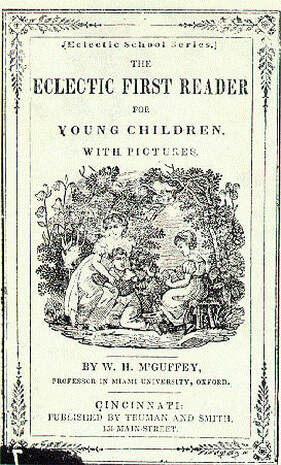
Most of us probably learned to read using the series of books starring Dick and Jane. These books used a “look and say” approach of learning new words followed by sometimes tedious repetition. “See Dick run. Run, Dick, run. “ Used from the 1930s to the 1970s, children of this time all followed the antics of these characters. The books fell out of favor due to many factors, such as the women’s movement, limited and stereotypical story lines, and the preference to the phonics system of learning to read.
For almost one hundred years prior to Dick and Jane, students had learned using a set of books created by William Holmes McGuffey. McGuffey was an educator and a preacher. He combined these two skills to create a series of textbooks which consisted of basic education in the areas of reading and spelling as well as religious instruction in his compilation of stories. His set of seven books consisted of a Pictorial Eclectic Primer and an Eclectic Primer to be used by beginning readers; four increasingly difficult Readers to be used by more advanced scholars; and an Eclectic Progressive Speller. As their names suggest, the books used a variety of materials gleaned from the Bible and works written by many notable people such as John Milton, Lord Byron, and Noah Webster, along with original essays on a wide range of subjects such as nature and geography.
McGuffey's colleague Joseph Ray published three instructional books on arithmetic in 1834. McGuffey’s series were published between 1836 and 1838. Two later textbooks (the Fifth and Sixth Eclectic Readers) were written by William’s brother, Alexander McGuffey. A study of these books gave any student a thorough knowledge of the three R’s – Reading, ‘Riting, and “Rithmetic - as well as a fourth R, Religion. Many parents who homeschool their children still use these resources today.
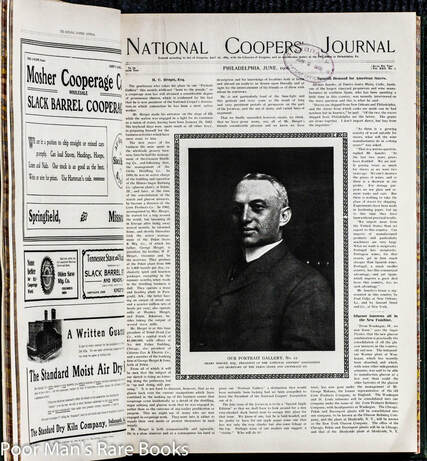
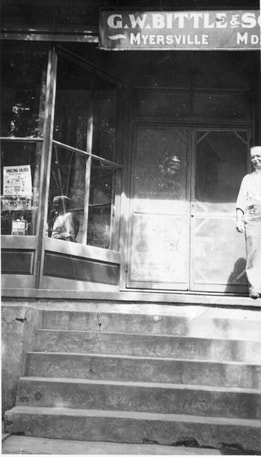
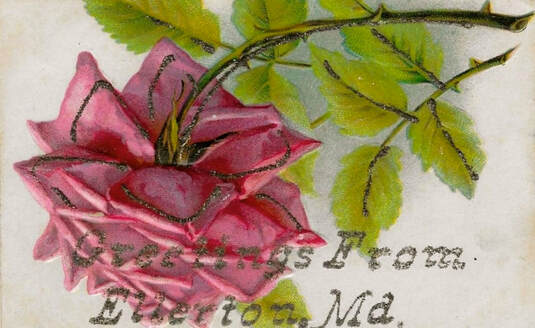
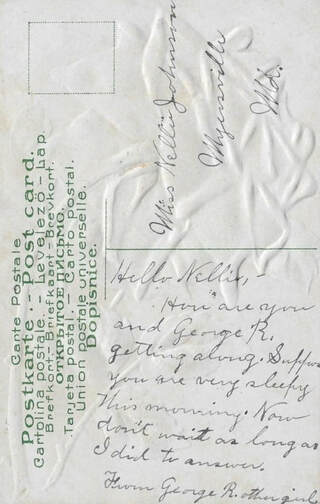
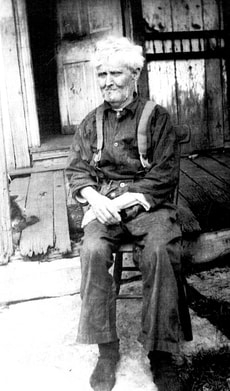
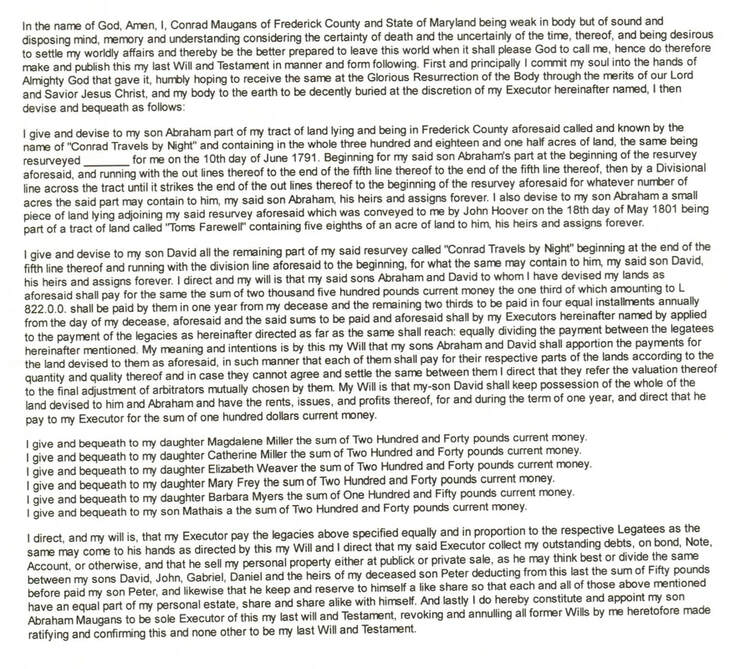

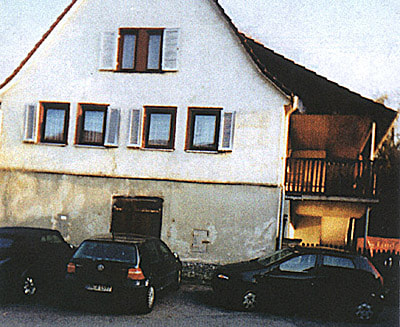
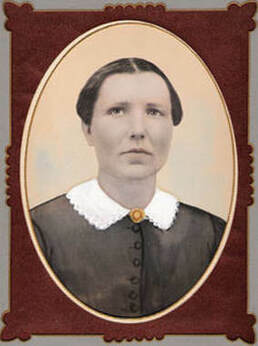
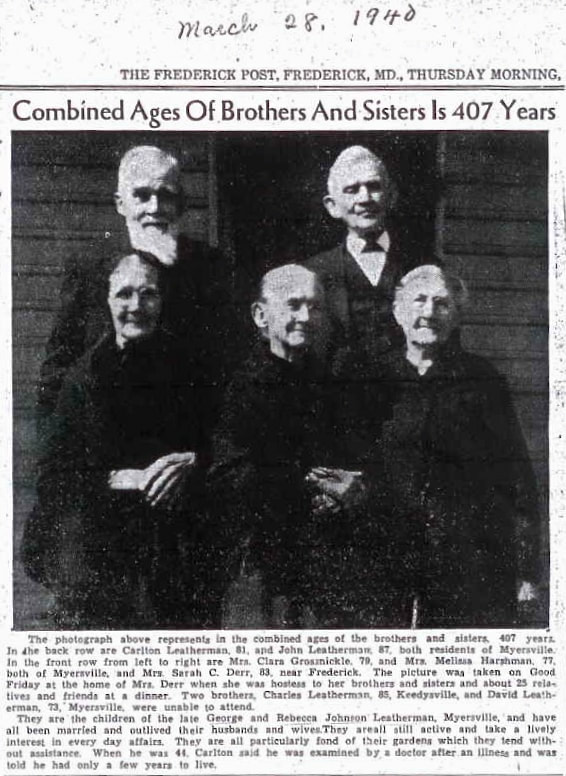
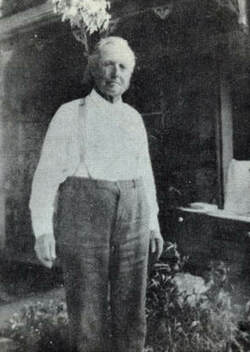
 RSS Feed
RSS Feed